What Is the Difference Between Cheap and Expensive Pearls?

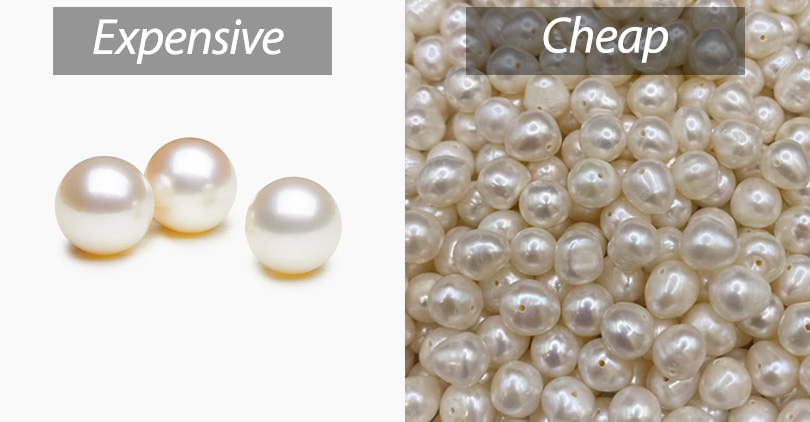
Pearls that are of low cost are very attractive. They dazzle and appear to cost so little. Nonetheless, is their value genuine? Many customers realize that they are of poorer standards and feel cheated. Be careful not to fall into the same trap!
Quality, shine, size, and source determine the difference between an inexpensive and costly pearl. Expensive pearls occur naturally. They are usually round with a deep glowing luster. Most cheap ones are manufactured or artificial, with no glow around them.
However, this does not cover what is called the environment. It goes beyond the price tag – the pearl has a unique quality because of its origin and human input.
Pearls will always be precious jewels. When you know this stuff, you can make a meaningful choice whether you’re shopping for yourself or someone special today. Want to take it a step further? Let’s see why some things are just better than others!
Types of Pearls: A Key Factor in Price Difference
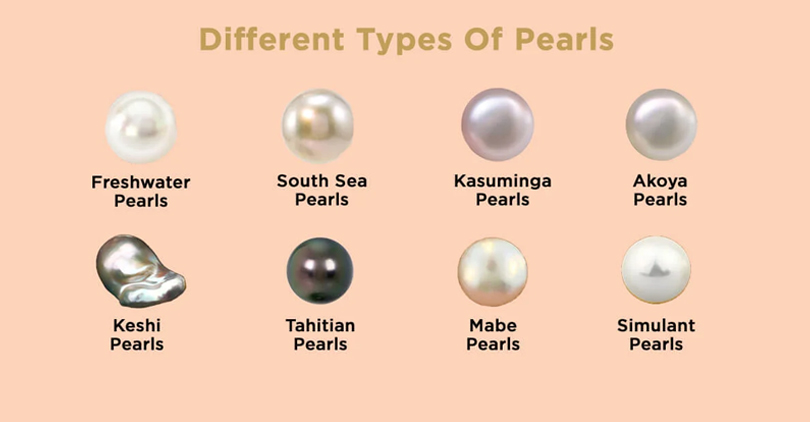
Every pearl variety is unique in terms of history, appearance, and value. It's simple to compare prices of pearls when you look at ones of different types that are close in size. For example, a Freshwater White Pearl Necklace of 6.5-7.0mm costs half as much as an Akoya White Pearl Necklace of the same size.
Understanding these differences can help you make a more informed decision. Let’s explore some popular types:
Freshwater Pearls
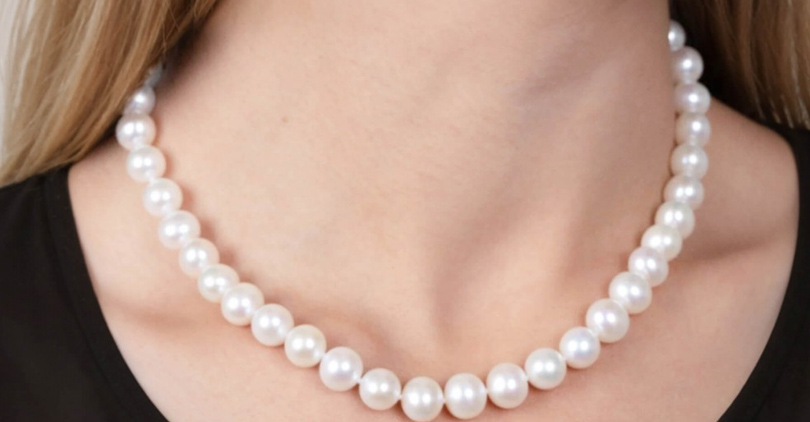
If you are looking for something cheap, then freshwater pearls are the way to go. This is because they are produced in large quantities and, therefore, very easy to come by. The fact that they do not have uniform properties such as shape, size, or color makes them interesting.
Yes, they may not shine as much as other kinds. Still, they are the right choice when one is in need of some pieces for daily use and would want to try out different fashions.
There is a wide price range of freshwater pearls. So, you can buy a strand for $200+. Alternatively, you can choose some pricey option for $500+.
Akoya Pearls
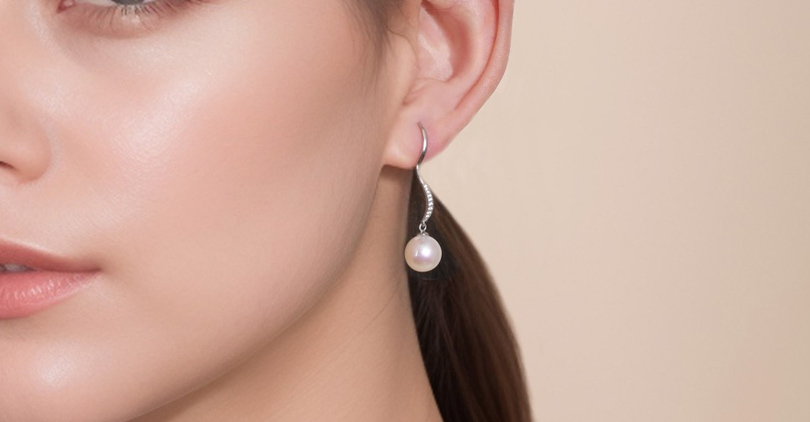
The Japanese and Chinese pearl farmers mostly culture Akoya pearls. They have been associated with sophistication. These pearls are known for being round and having a very high luster.
This type of pearl is loved for its combination of class, availability in the market, and relatively accessible cost compared to other luxury pearls. Hence, it is referred to as a timeless piece but meant for a chic woman or a man.
Tahitian Pearls
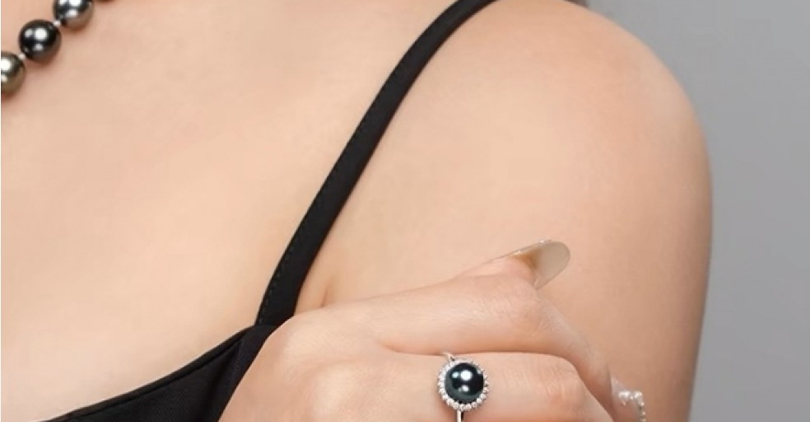
Dark and originating from French Polynesia, Tahitian pearls are nature’s way of creating something exotic. These pearls are not only rare. They are also difficult to find outside of Tahiti or its neighboring islands where they are cultured.
The pearls’ unique colors may range from deep black to sea green, thereby giving them some mystique or attraction. They are expensive because it is hard to grow them, and there are only a few available for sale.
South Sea Pearls
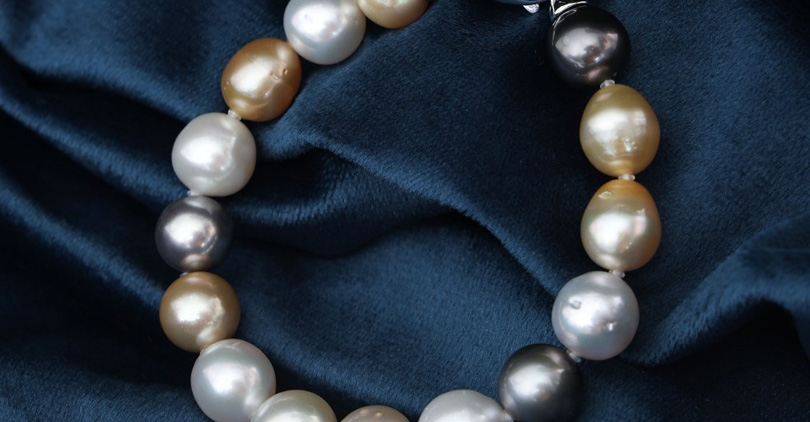
If any pearls spell out luxury, then it is the South Sea pearls. They have a thick coat called nacre, which gives them that shiny appearance. Their large size, coupled with low production in Australia, Indonesia, and the Philippines, justifies why they cost an arm and a leg.
Luster: The Shine That Determines Value
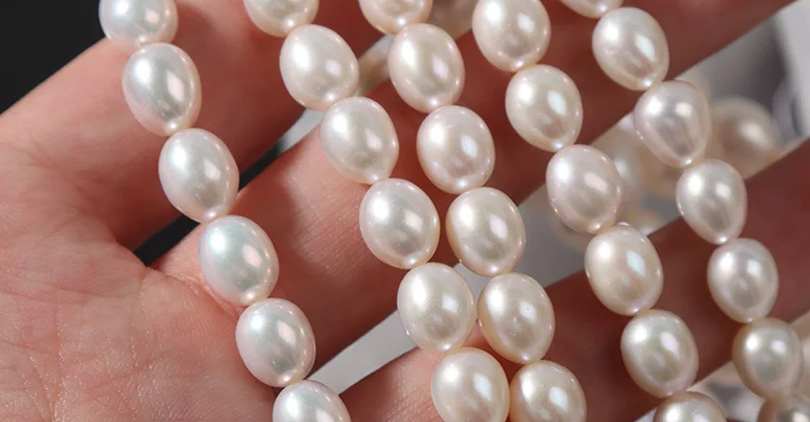
One of the key indicators of the pearl's quality is the intensity of its luster because if it is better, then the pearl will be very bright and catch people’s eyes.
A mirror-like luster characterizes high-value pearls that beam with deep, intense light that can be seen even at a distance. This type of luster results from a thick and compact nacre, or mother-of-pearl layer formation on the pearl. These are the attributes that distinguish premium pearls.
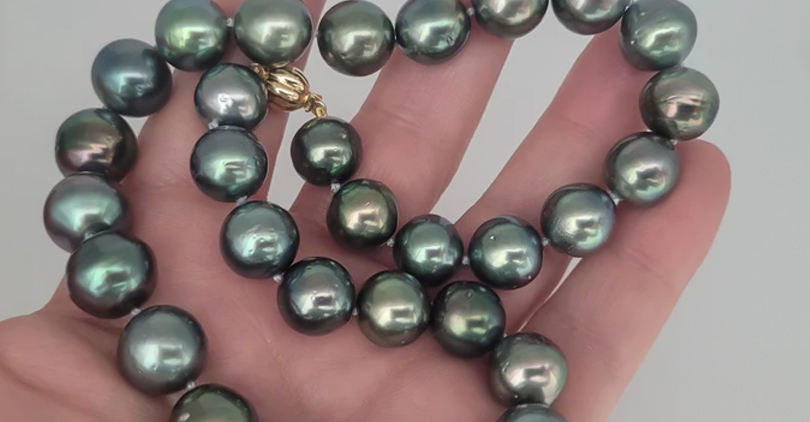
In contrast, inexpensive pearls often lack such stunning effects. They may have weak or different kinds of luster, such as dull or oily-like appearances. The reason for this lies in thin nacre or not enough care taken during cultivation. Although they are attractive, they lack that amazing appeal.
Remember to look at how it shines when selecting pearls. But more importantly, also consider what you see inside. An elegant pearl with strong reflections will remain stunning and valuable over many years. A priceless asset to your jewelry collection!
Surface Quality: The Importance of Smoothness
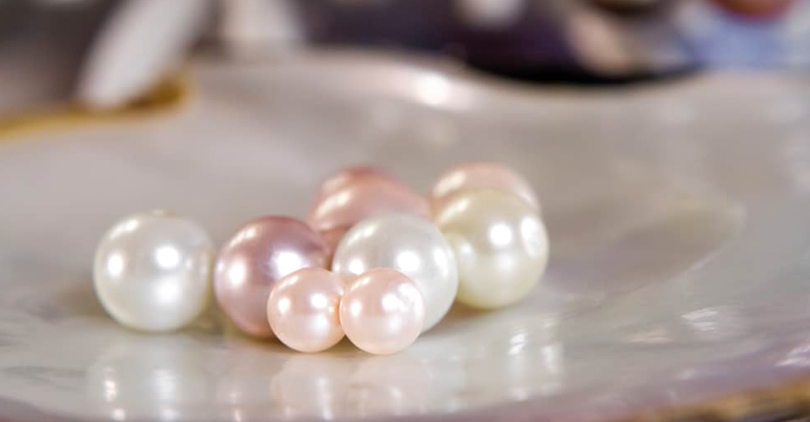
The pearl grade greatly depends on how smooth and flawless it is. By surface, we mean the overall exterior appearance of the pearl with reference to its smoothness or lack thereof.
The pearl looks perfect if there are no visible imperfections. These are tiny scratches, spots, and ridges. Every pearl is imperfect, but those having less of such characteristics cost more.
A high-quality pearl should be seen as one that is smooth in all its parts but with a few imperceptible characteristics. Its flawless nature increases its aesthetic appeal as well as making it reflect light uniformly.
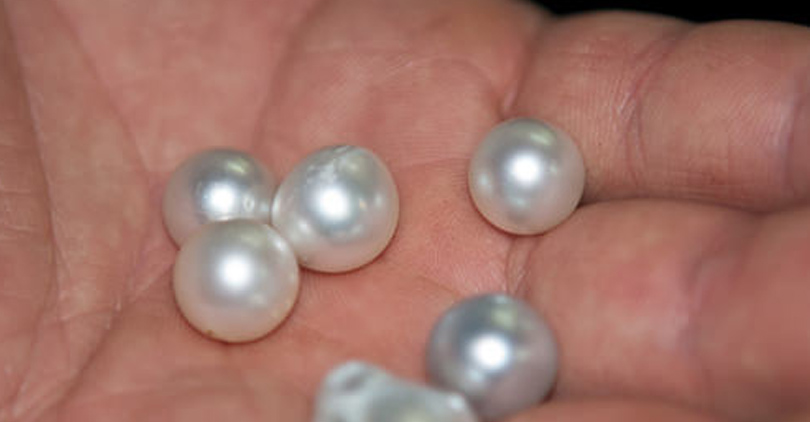
This kind of surface is associated with an expensive and deluxe product that is very rare in the market. It is all about that perfect finish.
However, low-priced pearls will usually appear to have flaws. Such imperfections may take different forms, such as spots, lines, unevenness, etc.
These abnormalities may seem okay, but they decrease the value and cost less than expected. Such pearls are suitable for everyday jewelry, and cheap ornaments are available at jewelry stores.
Remember to always inspect the surface when selecting pearls. Examine their smoothness and gloss by holding them against the light. A pearl with fewer defects will not only appear classier, but it will also withstand the test of time better.
Shape: Perfectly Round Versus Irregular Forms
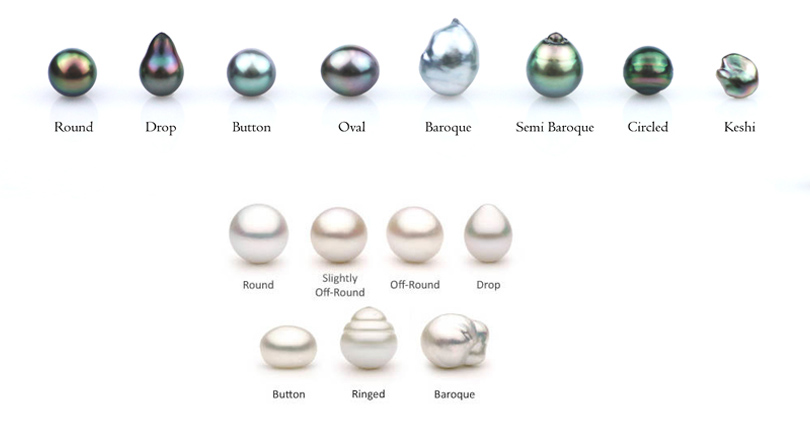
The shape determines the value of a pearl. Among all pearls, those that are perfectly round are not only the rarest but also highly priced. This is because they possess some kind of rarity that cannot be found elsewhere.
These days, you can easily get non-symmetrical pearls like baroque, oval, or button ones at a low price. They are cheap because they do not follow the normal round shape.
Those who prefer something more fashionable to wear will find them to be excellent options. They add some grace to any look. In addition, they are cheap, hence more preferable.
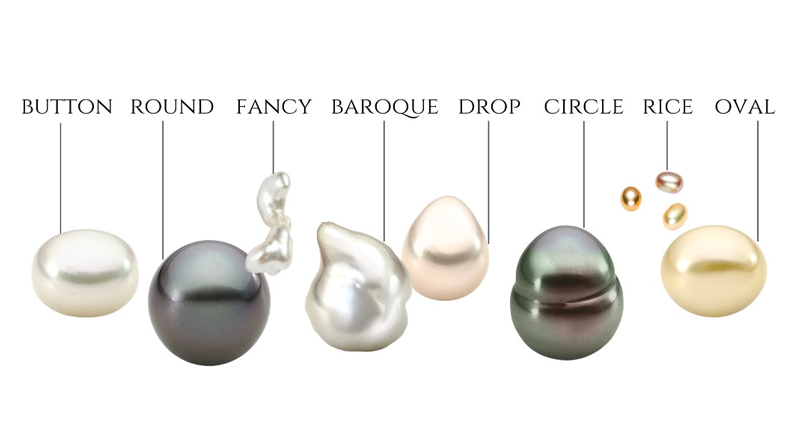
The shape is also important for the visibility of pearls when put into jewelry. A round pearl gives a neat look, which is just right for official events and parties.
On the other hand, necklaces or earrings appear cool and modern when they contain some pearls that are not round but have unique shapes on them. It is for you to decide what you can afford and what you like.
Prefer for something that will last for ages? A round one would serve the purpose. On the other hand, if you crave uniqueness, then go for the baroque. Every shape is beautiful in its way and is yet to be uncovered!
Size: Bigger Is Usually More Expensive
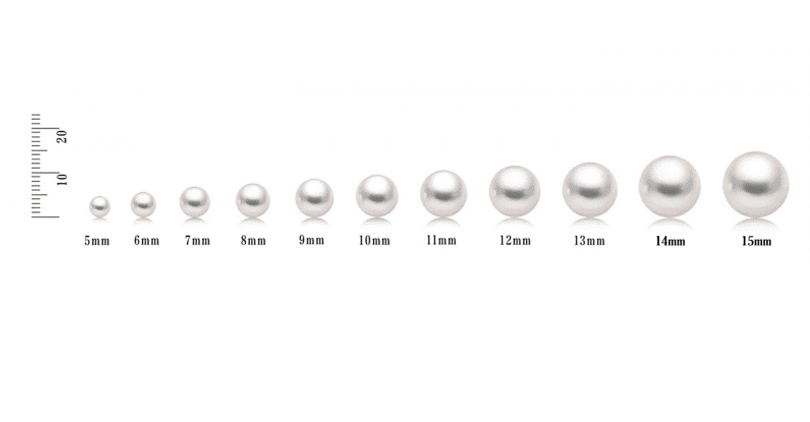
Pearls follow the rule of the jungle, where only the largest survive. If a pearl is big, then it follows that it is very rare and, therefore, much more expensive.
This is because they have a strong and majestic character that is associated with top prices; hence, they are scarce. For example, a large pearl is usually the main attraction in most pieces of jewelry, making them appear lavish and elegant.
Of course, matters of size become crucial in comparing pearls of identical kind. A bigger freshwater pearl with all other properties constant will have a higher price than a smaller one.
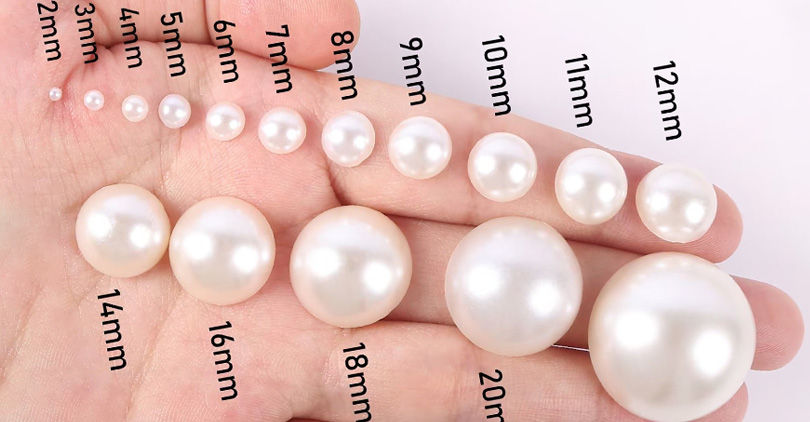
The same case applies to Akoya, Tahitian, or South Sea pearls, where larger ones cost more because they are of a better quality. It is a mammoth task to culture big pearls.
They take many years, with most exceeding a decade, to reach their size. This attribute greatly contributes to their cost.
The process of harvesting becomes even more difficult. It requires one to maintain the quality of pearls during their growth stage or period.
In case you like fashionable massive things, then expensive pearls can be a good choice for you. They add grandiose appeal, which is difficult to brush off with ease.
Color: Natural Versus Treated Pearls
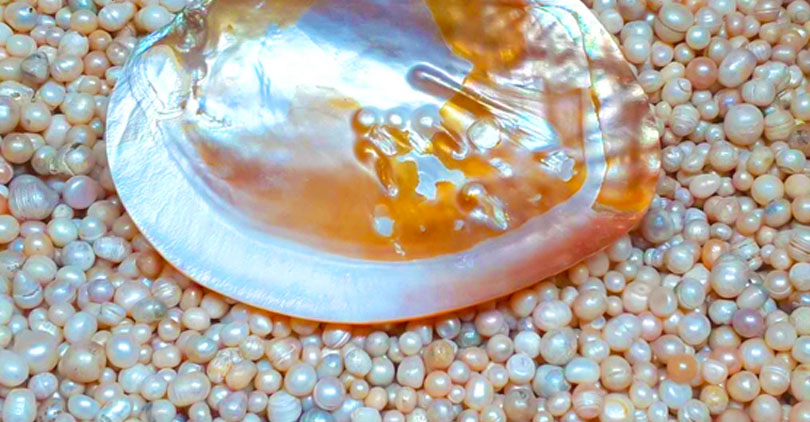
Color is another crucial factor in the pricing of pearls. Natural colors, like the deep black of Tahitian pearls or the golden hue of South Sea pearls, are highly rare and valuable. The shades happen organically, adding an exclusive touch of nature to the pearl.
Less valuable pearls are often treated to enhance or change their color. They may be dyed to achieve a rare color or bleached to uniform color. Treated pearls, though beautiful, lack the genuity and character. Therefore, they are less valuable.
Natural color is a major determining factor in the value of any pearl. This is because naturally colored pearls have hues that are not tampered with, hence unique and organically developed.
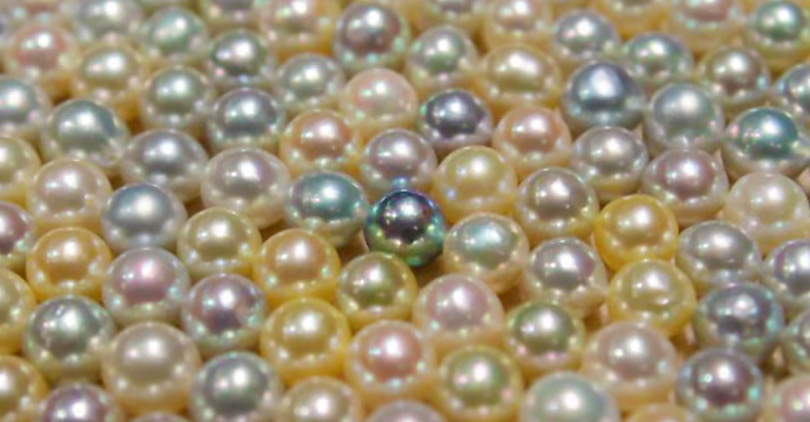
Their rarity bolsters their demand and makes them the center of attraction in any collection. At the same time, treated pearls, though affordable, cannot emulate such a class.
Whether you prefer natural shades or treated colors is a question of style and budget. Natural pearls have long stood for the ultimate in luxury. While treated options offer many more vibrant choices at significantly lower prices.
Origin and Rarity: The Rarity Factor
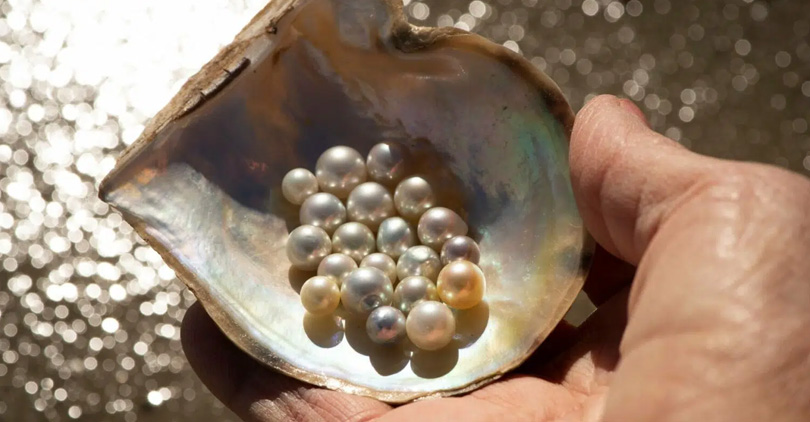
The origin of a pearl significantly determines its value. Pearls from certain areas or unique mollusk types are in high demand due to their rarity. This is why they are seen as very valuable commodities among collectors as well as people in the fashion industry.
A perfect illustration of scarcity and worthiness is found in the South Sea and Tahitian pearls. For instance, consider South Sea pearls. They are farmed in Australia, Indonesia, and the Philippines. These are known for their attribute of being very large. They have a color that is close to gold.
The growth of Tahitian pearls takes place around French Polynesia. These ones appear stunning due to their black or green complexion. They are both uncommon and expensive.
On the other hand, pearls are less expensive in many regions. They are produced through freshwater mussels, especially in China. These pearls are farmed on a mass scale and are thus easily available at lower cost. Although attractive, they do not have the uniqueness found in other rare kinds.
Conclusion: Understanding What You’re Paying For
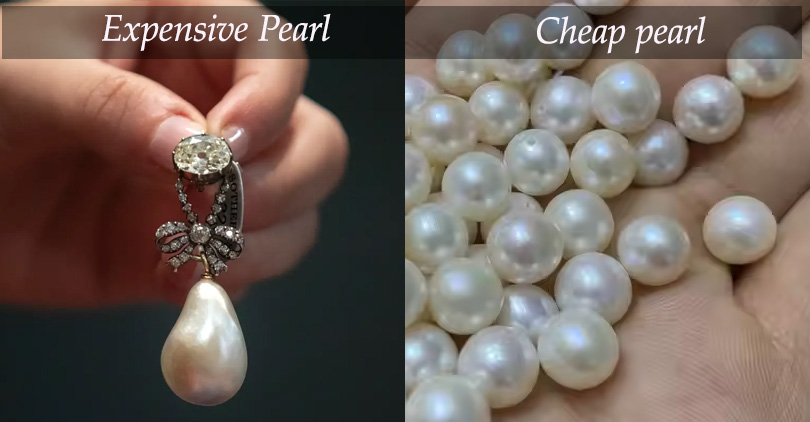
The type, luster, surface quality, shape, size, color, and origin determine whether pearls are cheap or expensive. Those that cost a lot are naturally beautiful, rare, and well-made. On the other hand, those that are cheaper may be artificial or simply manufactured in large quantities.
While purchasing pearls, consider what is important for you, such as authenticity, uniqueness, or cost. These considerations will enable you to stay true to yourself and choose wisely.
Every pearl is interesting–whether one prefers South Sea luxury or freshwater charm. So make the right choice, and may your pearl be a symbol of something great!


Leave a Comment